This post originally appeared in Politico on Jan. 3, 2017.
President-elect Trump created a huge challenge for himself by vowing to repeal Obamacare and replace it with “something great,” with details to follow the election. Now he must deliver without creating a lasting political liability for his new administration.
Repeal is easy. The money aspects of Obamacare—subsidies to make insurance affordable, penalties for not having insurance, expanded Medicaid funding and added taxes—can all be scrapped by using the budget reconciliation process that requires only a majority vote in each chamber and the president’s signature.
But repeal by itself would create a human and political disaster. At least 20 million people would lose their health insurance; millions of others would be unable to buy affordable coverage in a chaotic individual insurance market; many doctors, hospitals and other health providers would lose paying customers; and states would feel the pinch of cuts in federal Medicaid money. Ironically, many of the states that made the most dramatic progress reducing their uninsured populations under Obamacare, and would suffer the most disruption from repeal, are the Rust Belt and Appalachian States that put Trump over the top. To avoid starting the new administration in a political hole, “Repeal” must be followed promptly by “Replace” (with a smooth transition between the two), as the president-elect himself pointed out on “60 Minutes.”
The political challenge is that the replacement for Obamacare must have broad bipartisan support—and not just because Republicans have only 52 seats in the Senate and need 60 votes to quash a filibuster. More importantly, as the history of Obamacare illustrates, health reform supported by only one party is unlikely to survive in this deeply polarized nation. If President Trump is to create a lasting legacy in health care, not just another political football, he needs buy-in from most of his own party and a significant fraction of Democrats.
The intellectual leadership on replacement comes from Speaker Paul Ryan and House Budget Chairman Tom Price (Trump’s choice for secretary of Health and Human Services). They favor tax credits to help those without health insurance purchase it in private markets, subsidized high risk pools to absorb some of the cost of the very sick and rules to prevent carriers from jacking up premiums on sick people who have maintained coverage. Their ideas are sufficiently similar to Obamacare (which after all evolved from Romneycare) that one can imagine their negotiating a plan that centrist Democrats could support. It would preserve the basic concept of Obamacare’s subsidized consumer choice, but use incentives instead of mandates, allow less comprehensive coverage and give states more flexibility in design and regulation.
But there are at least two big obstacles to success in such a negotiation. One is that Speaker Ryan and Chairman Price insist that Medicare reform be part of the package, a stance that President-elect Trump avoided in his campaign. While there are good reasons for eventual reform of Medicare, shoving Medicare changes into an ACA replacement is almost certainly a deal breaker for Democrats. Moreover, many members of House Republican Freedom Caucus will likely reject any replacement for Obamacare. They are focused on smaller government and “Just repeal it” looks pretty good to them.
So, welcome to Washington, Mr. President-elect! “Repeal and replace” sounded good on the stump, but it will take all your political deal-making skills to make it happen without stumbling into a deep political hole.
The Brookings Institution is committed to quality, independence, and impact.
We are supported by a diverse array of funders. In line with our values and policies, each Brookings publication represents the sole views of its author(s).
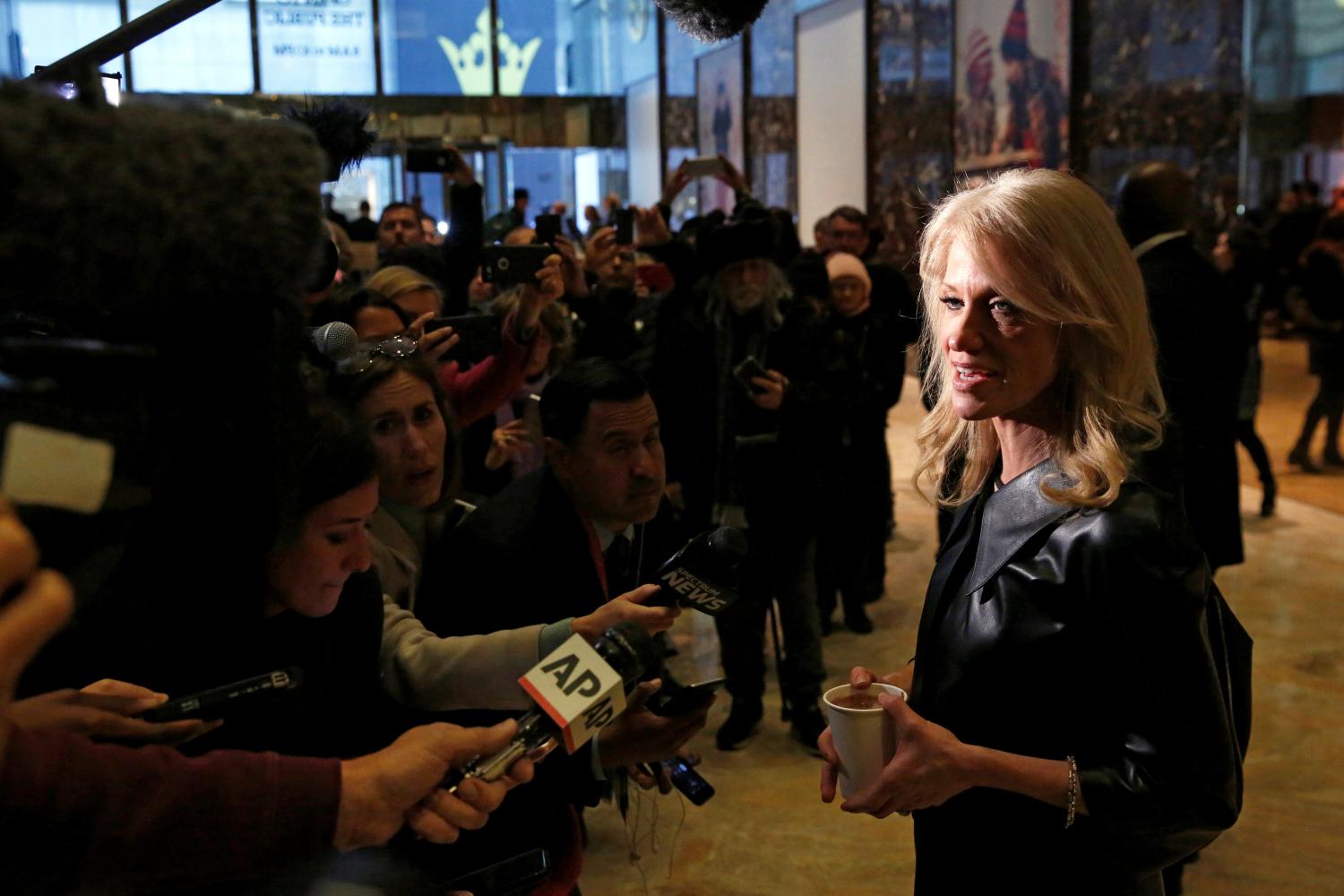
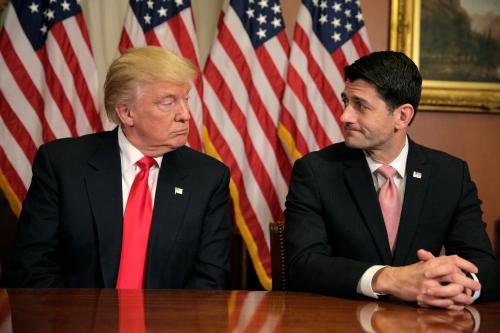
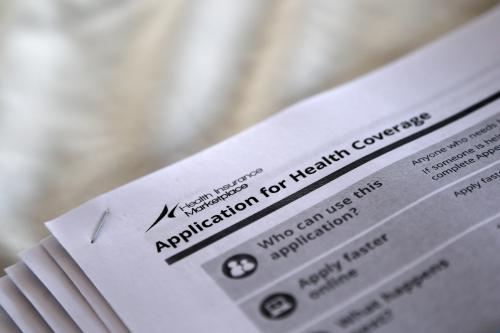
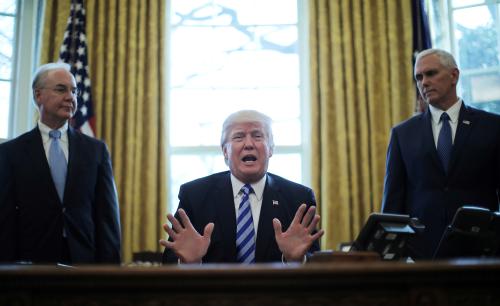


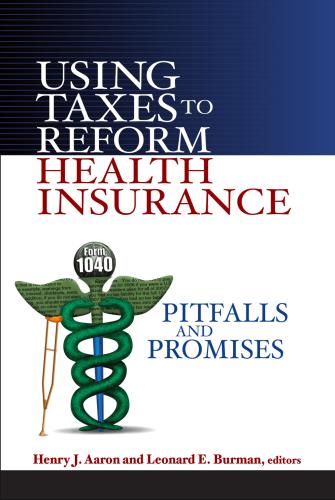



Commentary
Op-edWhat’s the biggest test Trump will face in 2017? ‘Bipartisan support’ for Obamacare’s replacement
January 3, 2017